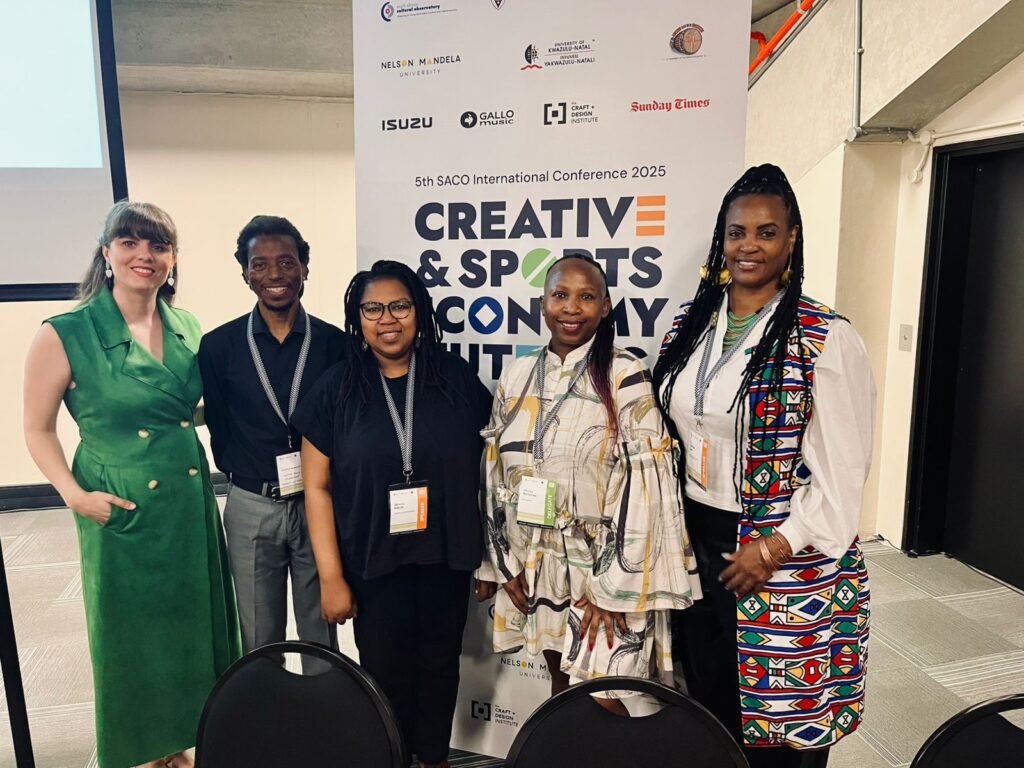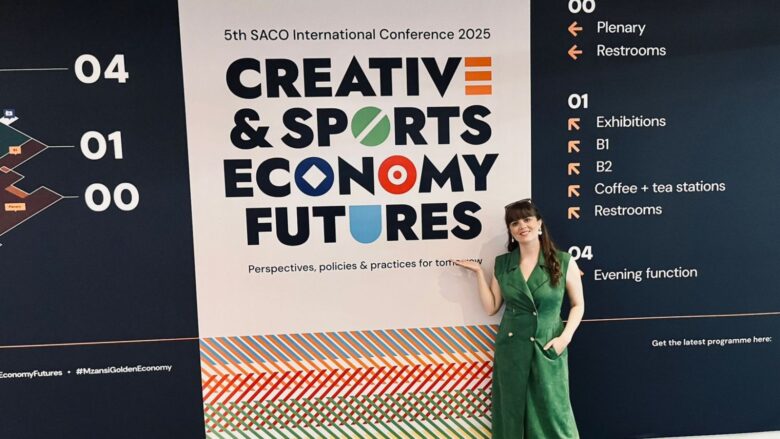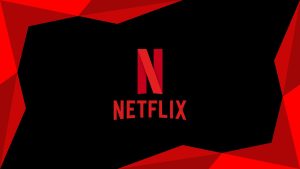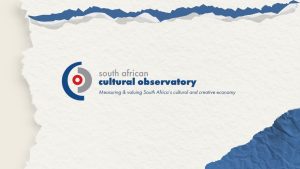Last week, I had the privilege of being a keynote speaker at the 2025 South African Cultural Observatory (SACO) Conference in Cape Town. The theme of this year’s conference was “The Power of Difference” — and it couldn’t have been more fitting for my journey and message.
My talk was titled “A Forgotten Audience: What I Discovered About Deaf Representation in Film.”
👂🏽 I Am deaf — and I Never Saw Myself Onscreen
I started my presentation by sharing something deeply personal:
I am deaf (with a lowercase “d”).
Growing up, I loved watching television and films — they were my escape, my inspiration, and my window into the world. But there was one thing missing: I never saw anyone who looked or sounded like me.
The Deaf characters I did see didn’t reflect my lived experience. They were often portrayed as silent, sad, or inspirational side characters — never the lead, never complex, never real.
🎭 Becoming an Actress — and Getting Typecast
As a teenager, I dreamed of becoming an actress. But when I began auditioning, I was often typecast as someone who uses sign language — even though I communicate orally and read lips.
That experience made me realise just how limited — and limiting — the industry’s understanding of deafness can be. We aren’t a monolith. There’s a spectrum of communication, culture, and identity within the Deaf and Hard-of-Hearing community.
And yet, our stories continue to be told through narrow, hearing-centered lenses.
📚 From Story to Research: My Thesis
That frustration led me to my research thesis: How are Deaf characters portrayed on film — and how do Deaf audiences respond to those portrayals?
I watched countless films, analysed scripts, and spoke to Deaf viewers about what representation means to them.
The result? I identified ten practical tips for filmmakers who want to portray Deaf characters authentically and respectfully. These tips became the backbone of my keynote presentation.
🎬 Making My First Short Film
This year, I took everything I’d learned and poured it into my first short film, featuring a Deaf protagonist.
In my talk, I shared how each of my research tips guided the filmmaking process — from writing and casting to production and sound design.
For example:
Tip 1: Consult Deaf people from the start.
→ I worked closely with Deaf consultants and actors throughout the development phase.
Tip 3: Representation is not enough — authenticity matters.
→ My protagonist’s deafness isn’t a plot device; it’s part of who she is, not the whole story.
Tip 7: Accessibility should be built in, not added later.
→ We ensured the film included captions and accessible screenings from the beginning.
Each of these tips helped me move from theory to practice — turning research into creative action.
💡 The Power of Difference
I closed my keynote by returning to the conference theme: The Power of Difference.
Difference isn’t something to hide, fix, or overcome — it’s something to celebrate.
It fuels creativity. It deepens empathy. It tells better stories.
When filmmakers embrace difference — not as a token gesture, but as an integral part of storytelling — they create films that listen, not just speak.
❤️ A Final Reflection
Standing on that stage in Cape Town, looking out at an audience of artists, researchers, and cultural leaders, I realised something:
I used to feel invisible as a viewer.
Now, through my voice and my film, I am helping others be seen.
That’s the true power of difference — and of storytelling.
Thank you to the South African Cultural Observatory for giving me the space to share my work, and to everyone who attended my session.








